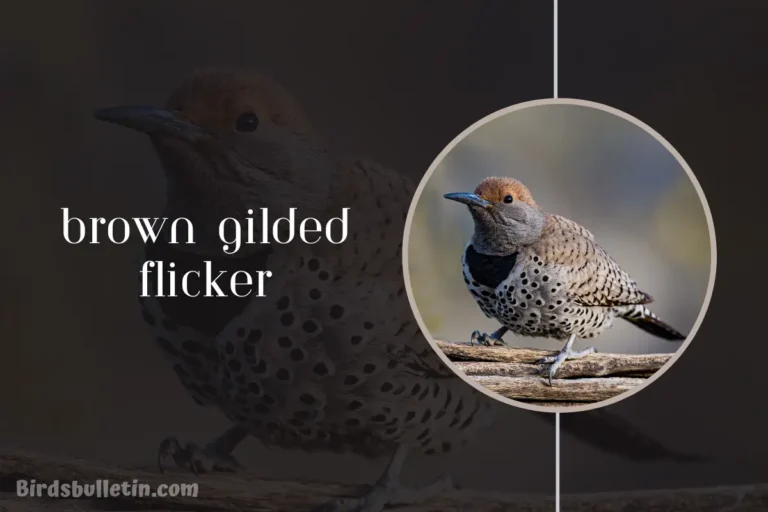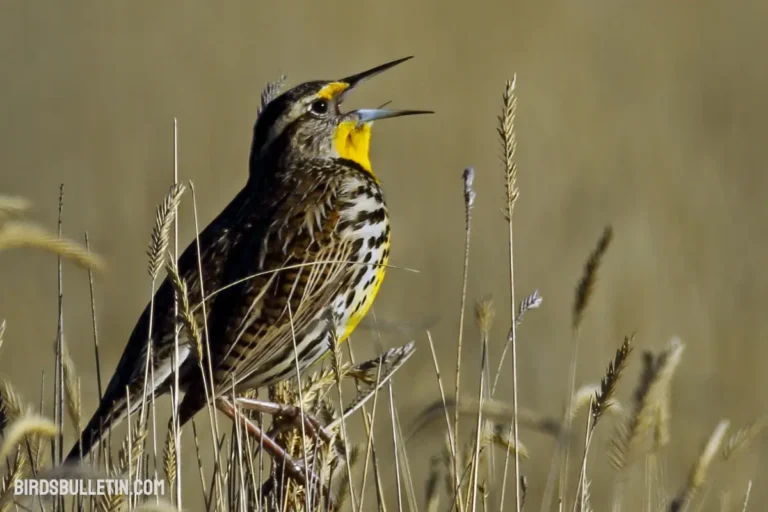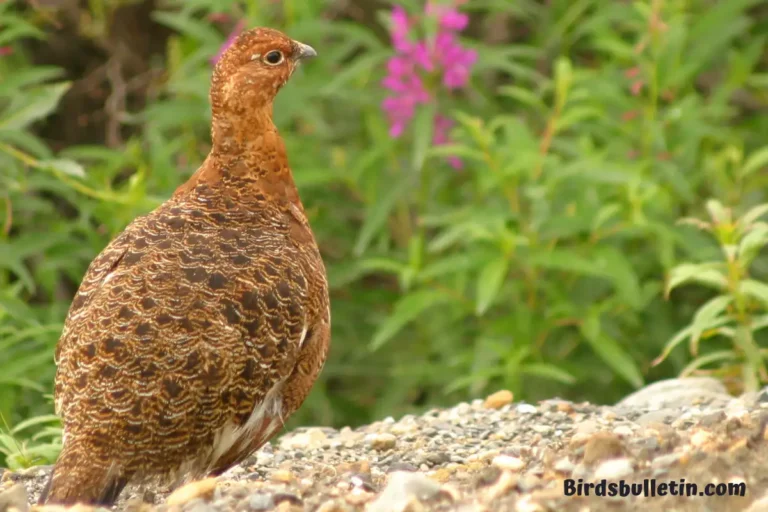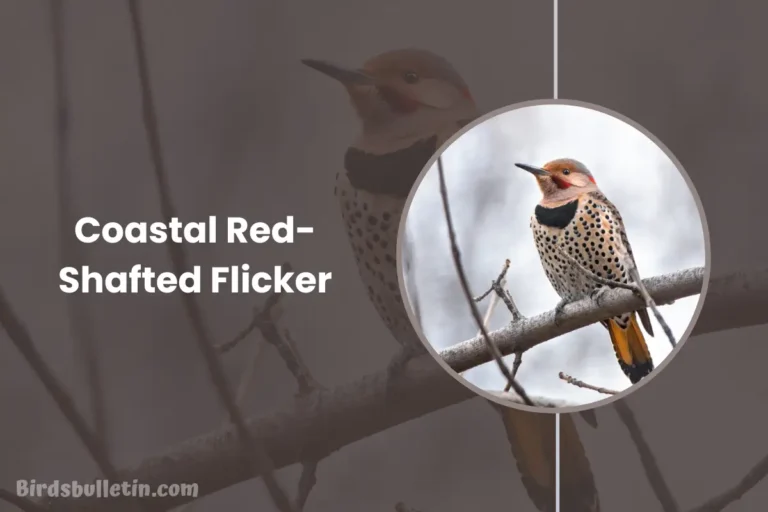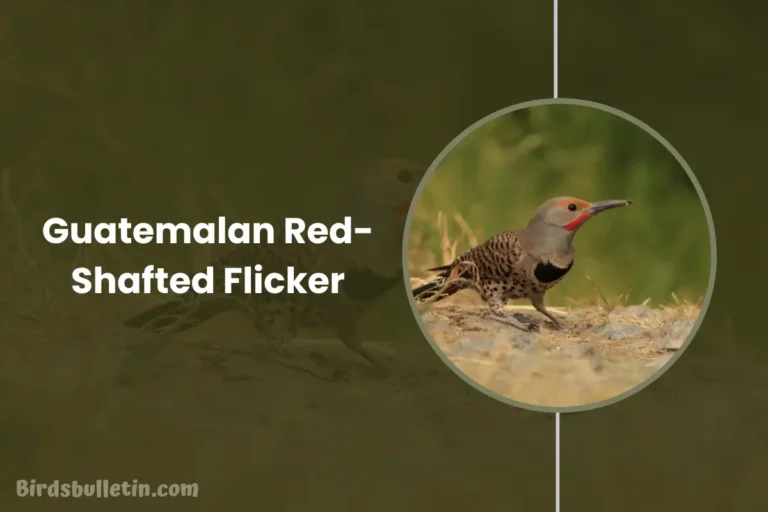Toxostoma Rufum Longicauda (Western)
The Western Brown Thrasher (Toxostoma rufum longicauda) is a subspecies of the widespread Brown Thrasher found in central North America.
One of two recognized subspecies, the Western Brown Thrasher can be distinguished from the eastern Brown Thrasher by subtle differences in coloration and patterning.
This medium-sized songbird inhabits brushy areas from the Great Plains to the Rocky Mountains. Learn more about identifying, locating, and conserving this savvy Mimid.
Looking for more overview about bird subspecies:
Scientific Classification
- Kingdom: Animalia
- Phylum: Chordata
- Class: Aves
- Order: Passeriformes
- Family: Mimidae
- Genus: Toxostoma
- Species: T. rufum longicauda
- Binomial name: Toxostoma rufum longicauda (Baird, 1858)
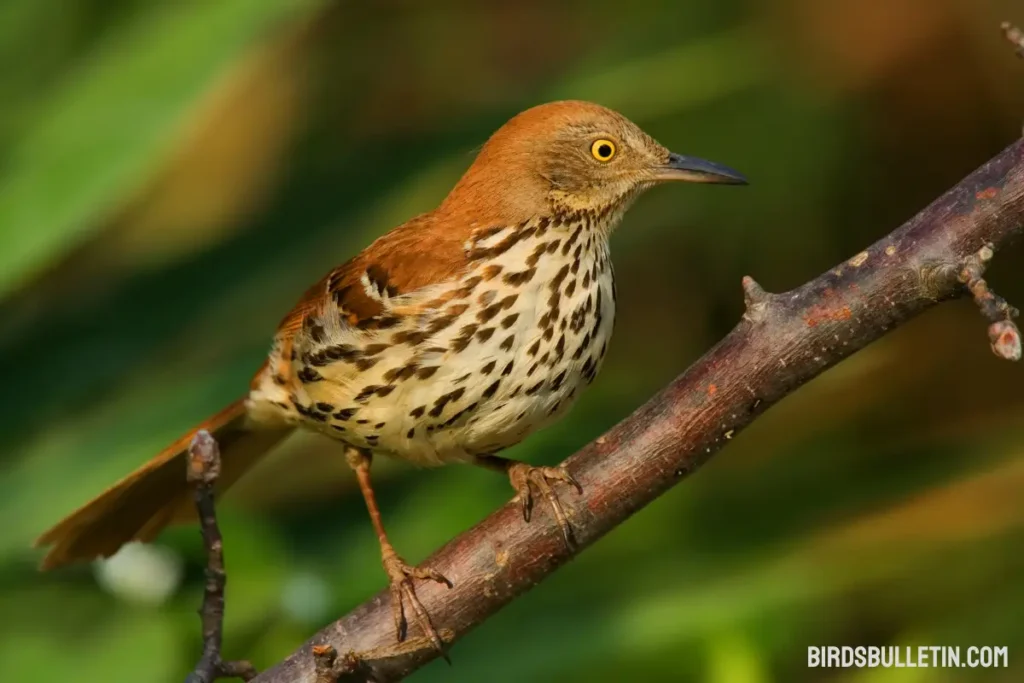
Identification
The Western Brown Thrasher shares the same general size, shape, and behavior as its eastern relative. However, it exhibits some subtle distinctions:
- Cinnamon-colored upperparts rather than rufous
- Whiter wing bars on flight feathers
- Darker spotting on the breast
- Bright yellow eyes and a long tail
It also features typical thrasher behaviors like tossing aside leaf litter while foraging and singing complex songs from high perches.
Location
The Western Brown Thrasher occupies the central United States and southern Canada. Its breeding range extends east of the Rocky Mountains from southern Saskatchewan south to central Texas.
The southern portions of the range are inhabited year-round, while northern breeders migrate south for winter. Overlap between the subspecies occurs in a narrow zone through the central Great Plains.
Interesting Facts
- Uses its long-curved bill to probe into the ground in search of insects and other prey
- Singing males may repeat a single complex song hundreds of times in a row
- Both male and female build the nest together out of twigs and grasses
- Parent thrashers will sometimes “hiss” at predators to defend their nest
- The male feeds the female while she incubates the eggs over two weeks
Status
The Western Brown Thrasher has a large range and stable population. Partners in Flight estimates a global breeding population of 13 million with 79% living in the U.S.
Though still common, they have declined by 0.93% annually per Breeding Bird Survey data. Causes include habitat loss and nest predation. Their adaptability helps maintain numbers.
Conservation of Natural Habitat
To protect Western Brown Thrasher populations:
- Preserve patches of shrubland habitat and promote regrowth.
- Avoid fragmentation of wooded areas.
- Limit pesticide use which reduces insect prey.
- Keep pet cats indoors to reduce predation.
- Participate in nest monitoring and citizen science programs.
Frequently Asked Questions
01. How did the Western Brown Thrasher get its name?
It likely received the name “thrasher” for its behavior of vigorously tossing aside dead leaves while foraging for food. The “brown” refers to its overall reddish-brown plumage.
02. What is a key field mark for identifying the Brown Thrasher subspecies?
Look for cinnamon-colored upperparts rather than the rufous upperparts of eastern Brown Thrashers. Also, note the bolder breast spotting.
03. How does the male Brown Thrasher’s courtship singing help attract a mate?
By singing hundreds of repetitions of his complex songs, the male demonstrates his fitness to potential mates. Females are likely attracted to vigorous and prolonged singers.
Summary
With key field marks like cinnamon upperparts and bold spotting, the Western Brown Thrasher is identifiable with practice. It occupies brushy habitats in the central U.S. and southern Canada.
Though common, active conservation measures are needed to preserve the health of populations in the future. This species contributes to its ecosystems as an essential insect-eater and seed-disperser.


